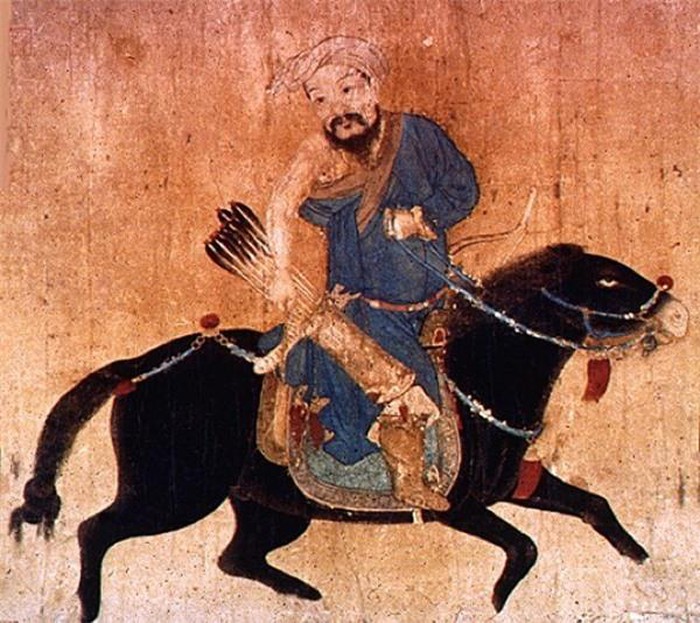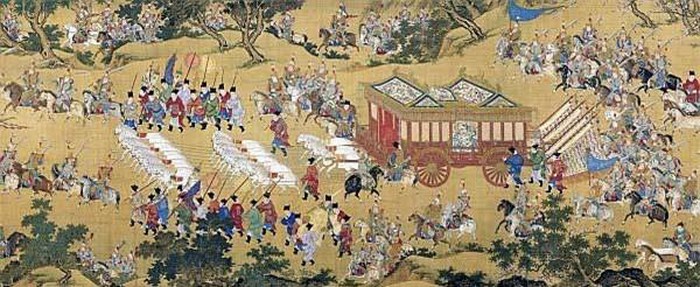The bloodiest periods in human history
The transatlantic slave trade began in the 16th century, peaked in the 17th century, fell into recession and ended in the 19th century. It exploded due to the need to establish and assert the mightiness of the empire. processing in Europe in a new world. Europeans and Americans mostly used West African slaves to work on plantations.
Researchers have come up with many theories about the number of slaves who died during this period. However, the 15 million figure partly reflects the severity of human trafficking. According to their statistics, 4/10 slaves on board were killed by mistreated slave owners.

More than 30 million people died during the transfer of power at the end of the Yuan and early Ming dynasties. Khan Khan Kublai, the grandson of Genghis Khan, founded the Yuan Dynasty in 1260. However, this is one of the shortest dynasties in Chinese history.
It lasted for nearly a century, from 1271 to 1368. During that period, people suffered greatly. They must live in turmoil, war, and famine. Later, the Ming took power from the Yuan.

More than 36 million people died during the An Lushan rebellion in China. About 500 years before the Yuan Dynasty was born, the Tang Dynasty ruled China. An Lộc Sơn, a martial artist who dominated the northern army, created a rebellion and founded An's house. The An Lộc Sơn rebellion lasted from 755 to 763. Finally, the Tang Dynasty defeated the An and unified Jiangshan.

In world history, Genghis Khan is one of the people "tinged with blood" the most. Under his leadership, the Mongol empire had grown unprecedentedly. The land area of the Mongol Empire accounted for 16% of the earth's surface area.
Mongolian troops swept through Asia, pillaging and killing brutally. According to researchers, about 60 million people died in the Mongol invasions. That number could be higher if Genghis Khan's army headed west to invade European countries.

World War I is the event that follows the series of the bloodiest incidents in world history. During the war, about 65 million people were killed. In 1914, when European empires began to assert their influence, they divided into two camps and fought to gain dominance.
The war divided Europe and dragged the rest of the world into a spiral of war. Outdated war tactics increased the number of soldiers killed.

World War II broke out in 1939. The forces split into two camps, claiming to be the Allies and the Nazis. During the period between World War I and World War II, countries built many killing machines in the air, in the sea, and developed heavy combat vehicles or automatic weapons.
Some countries also produce large bombs to serve the war. The Allies won the last victory. However, they also pay a heavy price. Eighty-five percent of the 72 million killed are allied. The Soviet Union and China suffered the most.

When Christopher Columbus, John Cabot and other explorers discovered America in the 15th century, that seemed to be the beginning of an era. America became the paradise European explorers called their new home. However, this land is not derelict land because indigenous people have lived here.
The conflict between "new owner" and "old owner" has killed about 100 million people. Besides wars and invasions, diseases spread from Europe also claimed the lives of countless indigenous people. According to estimates by scholars, 80% of Native Americans die from contact with infected Europeans.
 How did the 5 worst pandemics of human history end?
How did the 5 worst pandemics of human history end? 5 strangest books in human history
5 strangest books in human history Interesting mysteries about currency in human history
Interesting mysteries about currency in human history The 10 greatest machines in human history
The 10 greatest machines in human history Review important milestones in the history of more than 60 years of artificial intelligence development
Review important milestones in the history of more than 60 years of artificial intelligence development